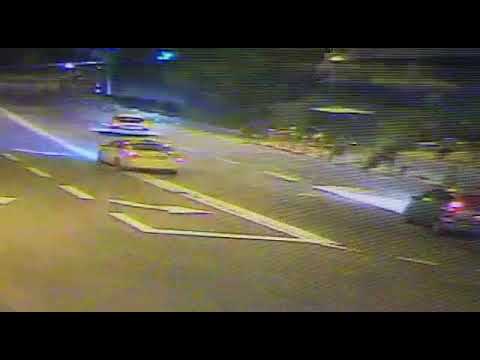A grim shooting attack took place near the community of Ofra in the Ramallah area on December 9, 2018. The drive-by shooting attack was carried out from a car driving past a bus stop. As a result, seven Israeli citizens were injured, one of whom was in an advanced stage of pregnancy; she and her baby were left in serious condition.
Security sources reckon that this incident was perpetrated by a terrorist cell that has already carried out shooting attacks in the area, such as shooting at a bus near Beit El about six weeks earlier. This cell is apparently affiliated with Hamas.
IDF forces are operating in Palestinian villages in the area of the attack in an attempt to locate the terrorist cell, and particularly in the village of Silwad, close to Ofra.
Several senior Hamas figures grew up in this village, such as Khaled Mashal, former chairman of the movement’s political bureau, and Ibrahim Hamed, currently jailed in Israel, who used to head the military wing of Hamas and is responsible for the deaths of dozens of Israeli civilians and the injuries of hundreds more.

The Hamed clan in Silwad identifies with Hamas, and security sources expect to carry out arrests in the village.
Security sources have gathered photographs from CCTV cameras in the area, while Hamas has publicized its activities on social media networks to sabotage the cameras to hinder the investigation carried out by Israel’s security forces.
Is the Terrorist Wanted for the Barkan Attack Part of the Same Cell?
At the same time as hunting for the terrorist cell in the Ramallah area, the IDF is continuing to search for the terrorist Ashraf Naalwa from the village of Shuweika, near Tulkarm, who carried out a murderous terror attack in the Barkan industrial zone in October, 2018 which killed two Israelis.
For a long time, Hamas has praised the terrorist and adopted him as a symbol of “the resistance” in the West Bank and as one who managed to outwit the Israeli security forces.
It is also possible that Ashraf Naalwa is a member of the terrorist cell operating in Samaria. The fact that he has remained in hiding for over 60 days without being apprehended proves he is receiving assistance from local elements, which also provided him with the weapon he used to perpetrate the terror attack and even taught him how to shoot.
Hamas published a notice in praise of the attack near Ofra. It states that the terror attack shows the “resistance” has made a security breakthrough and “the West Bank is leading the initiative in resistance to the occupation and the response to attacks on Palestinians, and it demonstrates that the resistance is alive, despite constant efforts to uproot it.”
The chief of the Israel Security Agency (ISA) Nadav Argaman warned in November 2018, in a debate of the Knesset Committee for Foreign Affairs and Defense, that the quiet in Judea and Samaria is deceptive and the security situation there is very complex.
He stressed that Hamas is making every effort to perpetrate terror attacks from Judea and Samaria. According to Argaman, ISA arrested 219 Hamas cells and thwarted 480 terror attacks.
Indeed, it is apparent from declarations by Hamas leaders that indirect contacts with Israel through the Egyptian intelligence services on calm in the Gaza Strip do not also include a cessation of terror activities in the West Bank.
From the point of view of Hamas, this is an area of “occupation,” where terror attacks on Israeli soldiers and civilians are legitimate.
Hamas sources state that as Israel is now dealing with two fronts, in the south and the north, this is the time for it to inflame the territories also within the West Bank in order to strike at Israel and at the same time attempt to ruin the security cooperation between Israel and Mahmoud Abbas’ Palestinian Authority.
Furthermore, igniting the West Bank will serve the Iranian-Hamas goal of torpedoing President Trump’s “Deal of the Century,” which he is expected to unveil at the beginning of 2019.
Is There a Hizbullah Connection?
Hamas is following Operation Northern Shield, to locate Hizbullah tunnels and a possible escalation between Israel and Hizbullah, with great interest.

The possibility that Hizbullah asked its ally Hamas to inflame the West Bank following the discovery of its terror tunnels should also not be ruled out.
The leader of the Hamas military wing in the West Bank is Saleh al-Arouri, vice-chairman of the political bureau, who is also the liaison with Hizbullah and Iran.
Al-Arouri is based in the Hizbullah enclave in the a-Dahya neighborhood of Beirut, and he is responsible for many of the terror attacks that have taken place in the West Bank in recent years.
Activating the Hamas “sleeper cells” in the West Bank and recruiting new terrorists to its military wing are done through the “West Bank headquarters,” which operates from the Gaza Strip and through the military wing’s office in Istanbul, Turkey.
These offices are run by terrorists released under the Shalit prisoner exchange deal in 2011 and deported to Gaza and abroad. They are former residents of the West Bank, who are very familiar with the territory and have extensive familial and social links that they use for recruitment and for carrying out terror attacks against Israel.


























